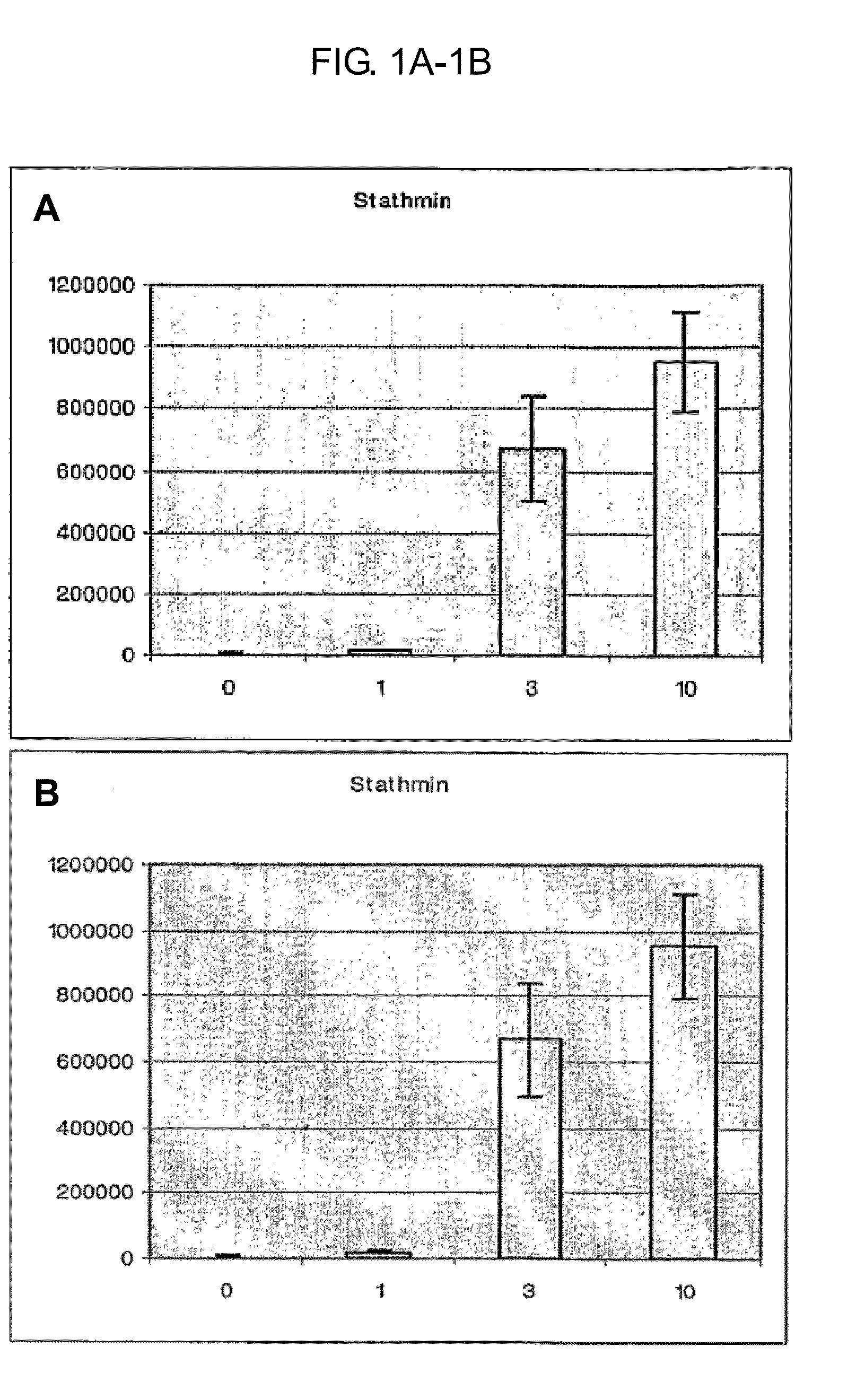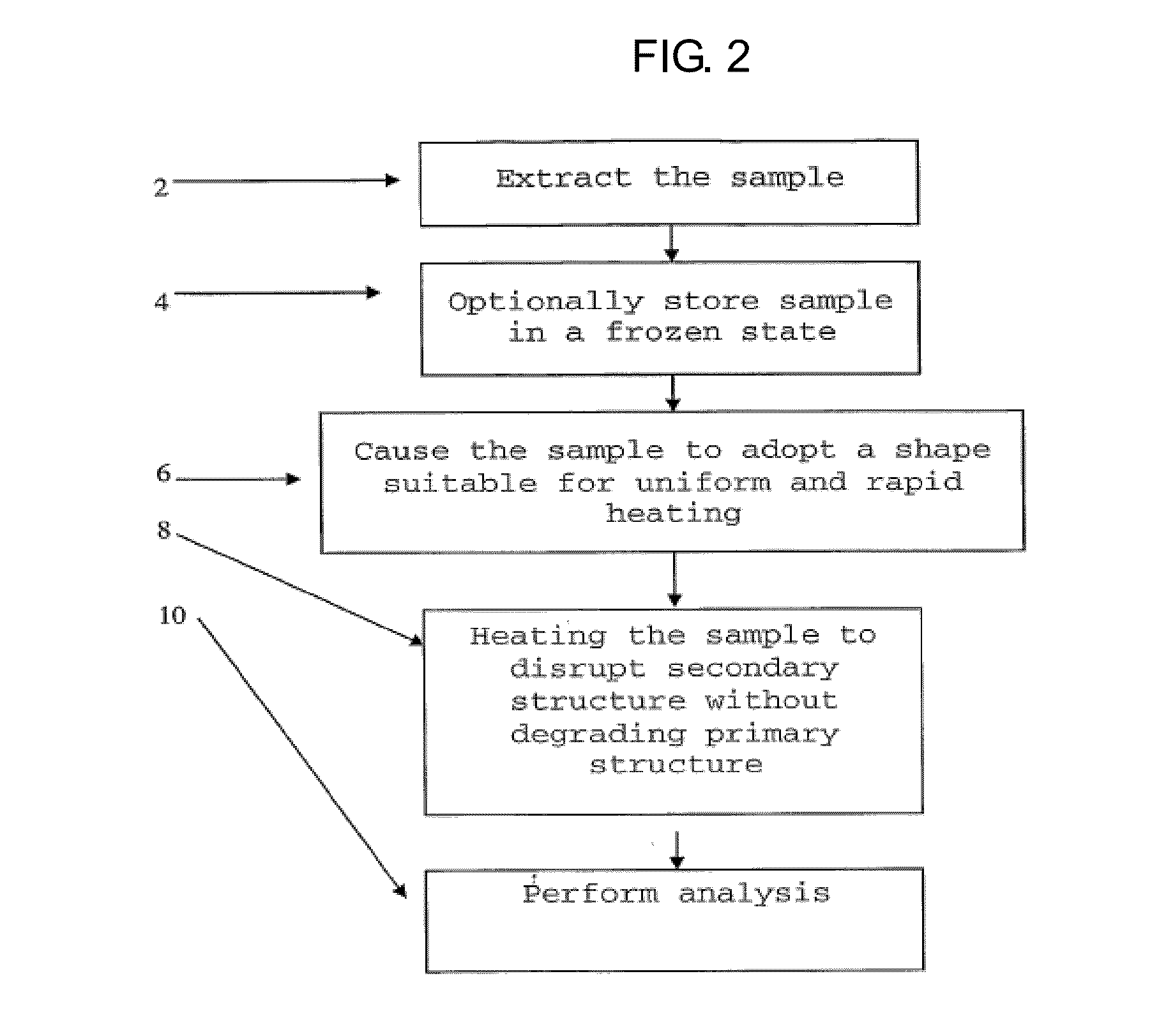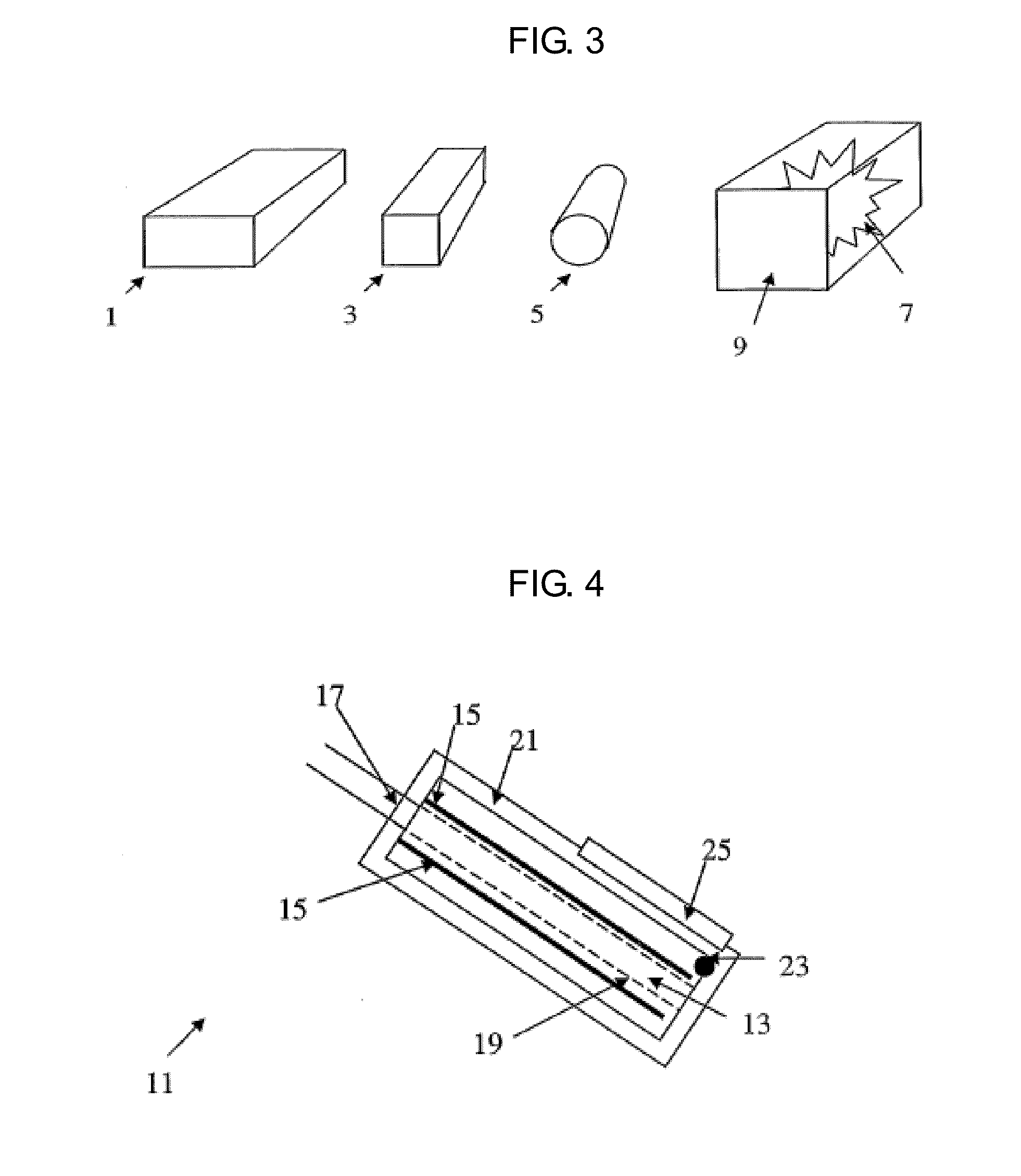Preparing biological samples for analysis
a biological sample and analysis method technology, applied in the field of biological sample preparation, can solve the problems of many analyses missing the presence, difficult to detect and identify, and difficult to impede sample degradation, so as to facilitate effective heating, shorten the time needed, and uniform and rapid heating
- Summary
- Abstract
- Description
- Claims
- Application Information
AI Technical Summary
Benefits of technology
Problems solved by technology
Method used
Image
Examples
example 1
Analysis of Mouse Brain Samples
[0090]Twelve mice (C57 / BL6) were euthanized by cervical dislocation. The twelve mice were divided into three groups and each mouse brain was kept at room temperature (22° C.) for 1, 3, or 10 minutes. At their respective time point, the mouse brains were irradiated in a small animal microwave for 1.4 seconds at 4.5-5 kW. A fourth group was euthanized by focused microwave irradiation (the control group). The striatum, hypothalamus and cortex were thereafter rapidly dissected out of all of the mice after microwave radiation and stored at −80° C.
[0091]An additional group of four mice were also euthanized by cervical dislocation and the mouse heads were immediately cooled in liquid nitrogen. The striatum was rapidly dissected out on dry ice and frozen at −80° C. The frozen samples were shaped into thin slices. Half of the group of samples were then immediately heated to near 100° C. using a contact heating device. The other half of the samples were thawed a...
PUM
| Property | Measurement | Unit |
|---|---|---|
| time | aaaaa | aaaaa |
| thick | aaaaa | aaaaa |
| threshold distance | aaaaa | aaaaa |
Abstract
Description
Claims
Application Information
 Login to View More
Login to View More - R&D
- Intellectual Property
- Life Sciences
- Materials
- Tech Scout
- Unparalleled Data Quality
- Higher Quality Content
- 60% Fewer Hallucinations
Browse by: Latest US Patents, China's latest patents, Technical Efficacy Thesaurus, Application Domain, Technology Topic, Popular Technical Reports.
© 2025 PatSnap. All rights reserved.Legal|Privacy policy|Modern Slavery Act Transparency Statement|Sitemap|About US| Contact US: help@patsnap.com



